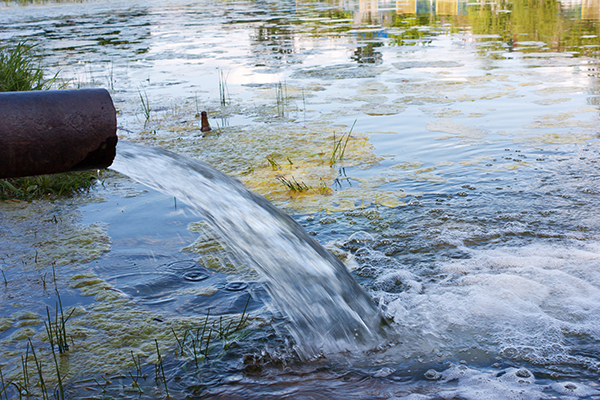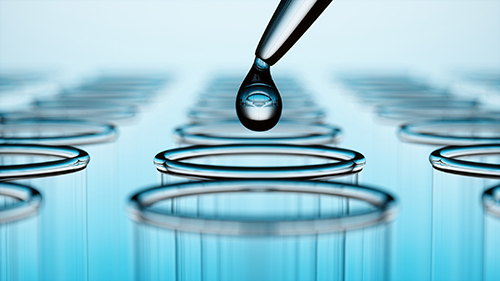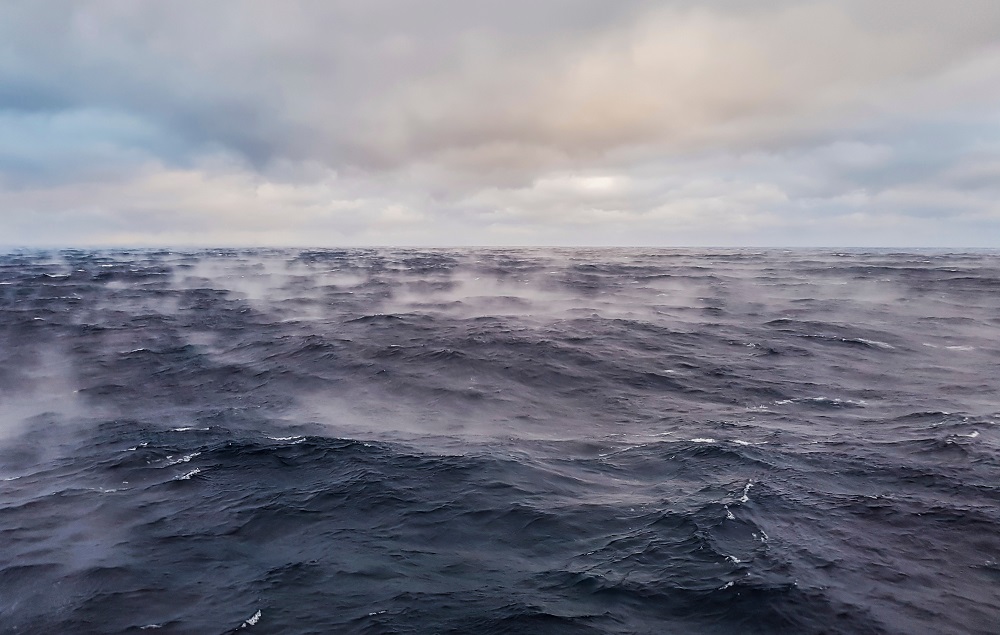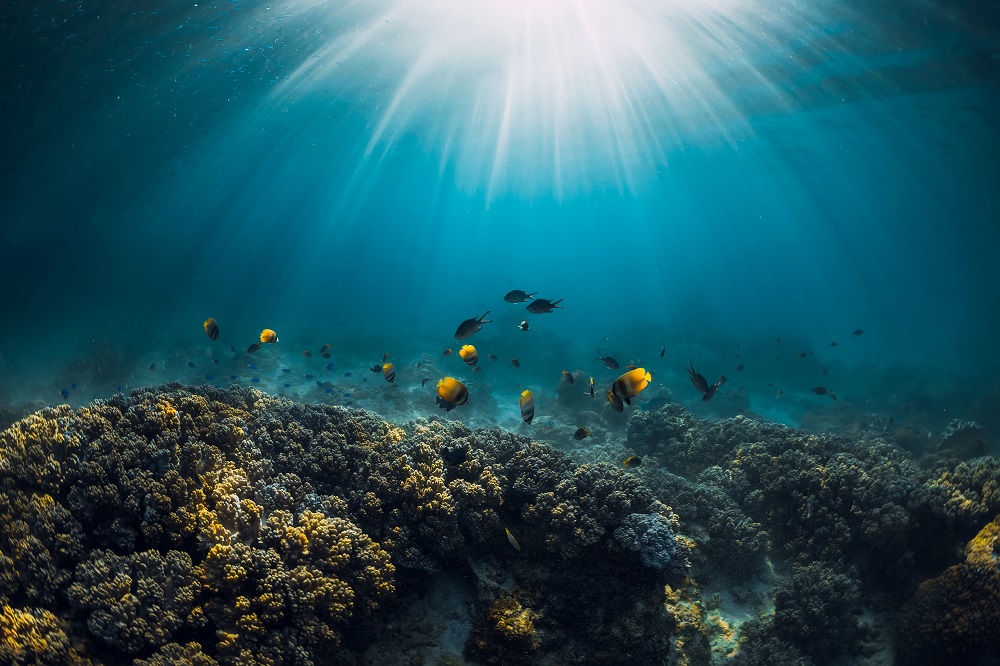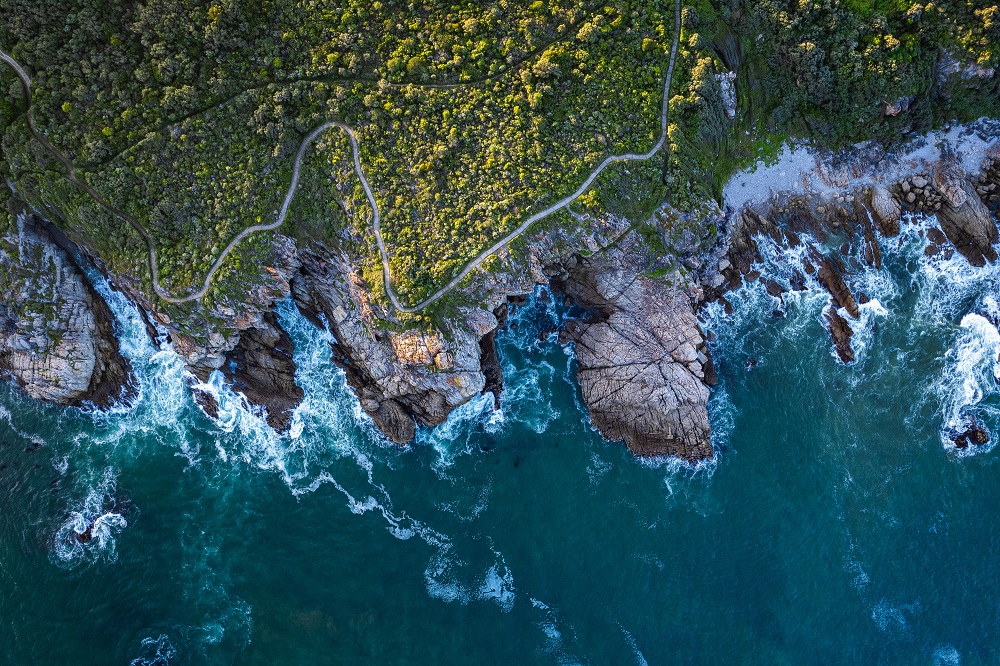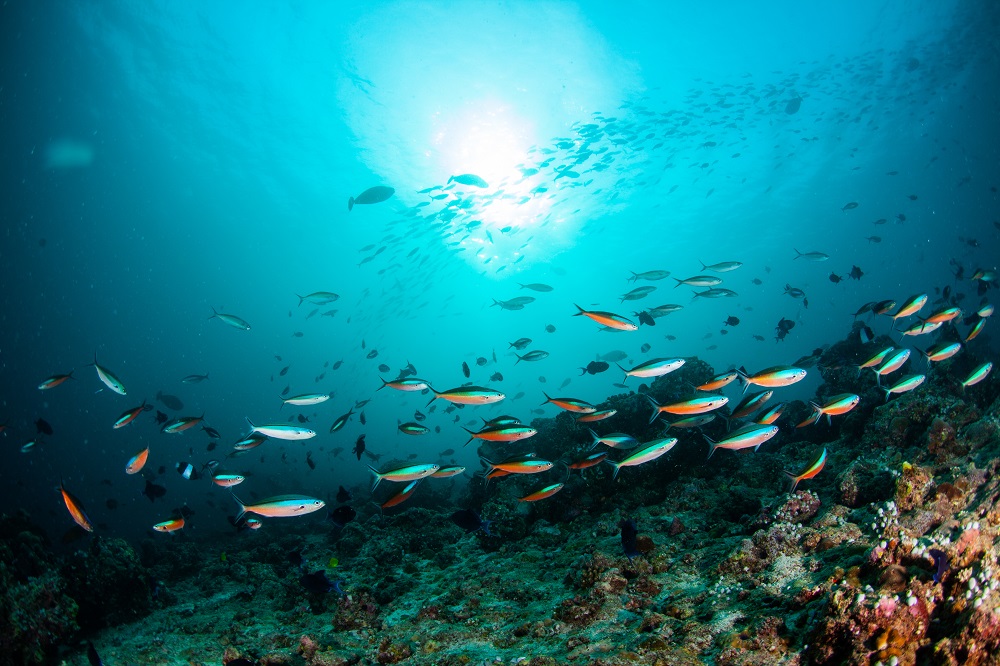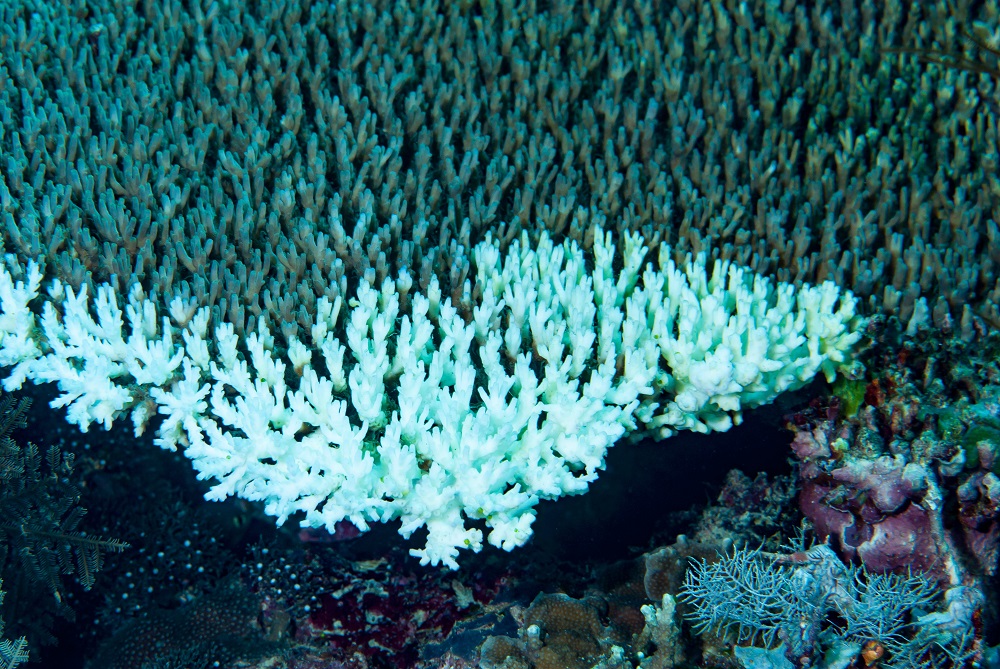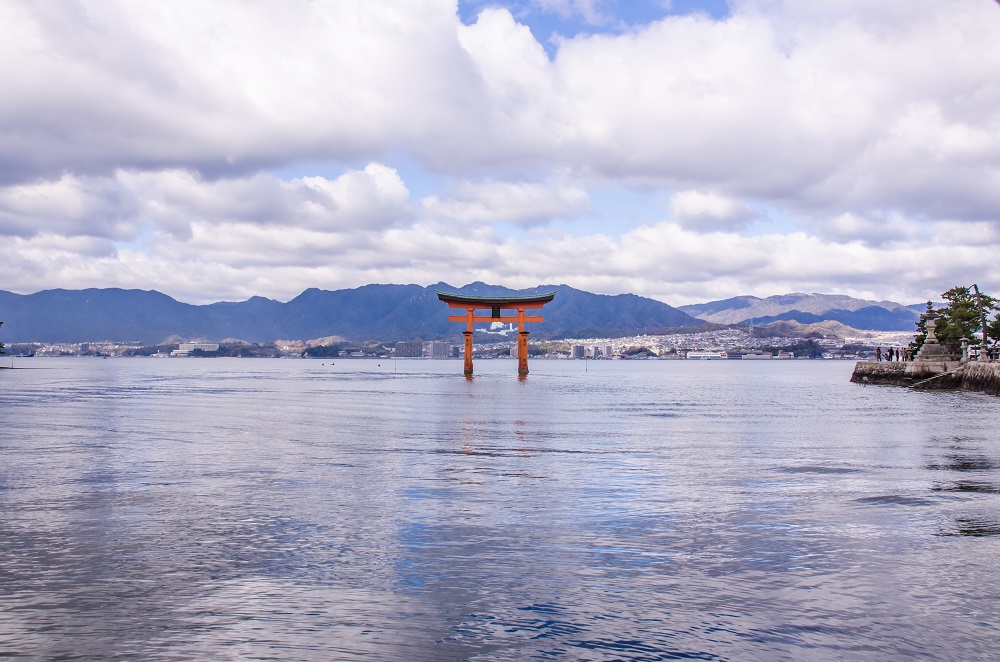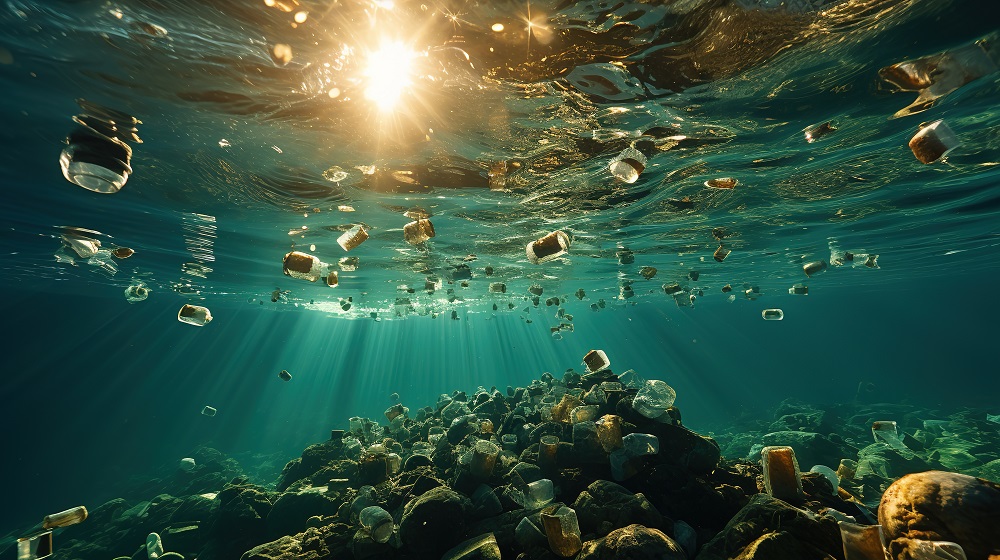Modern life would be unthinkable without chemistry, but the industry’s environmental footprint is severe and under-recognised. It is the largest industrial user of oil and gas and has the third-largest carbon footprint after steel and cement. And that’s before you consider the lifecycle impact of the products themselves, especially plastics.
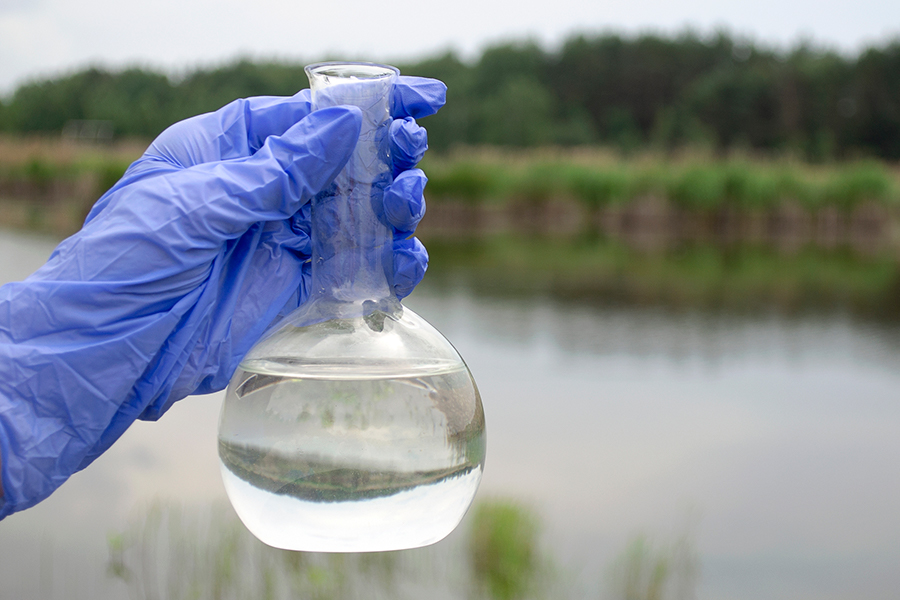
At Back to Blue, we have focused significant attention on the chemicals industry in recent months as part of Invisible Wave, a research initiative to interrogate the scale and impact of man-made chemical pollution on the oceans. Our findings have been sobering, not just in tracking the impact of chemical pollution on ocean health, but also in the limited change to the industry’s practices. Companies need to show more leadership on this issue—but innovations in chemistry itself could be crucial in lighting the way.
Green chemistry refers to creating chemical products and processes that reduce or eliminate the use or generation of hazardous substances throughout a product’s life cycle. Start-ups and academic researchers in this fledgling field are now proving the economic, technical and environmental case for next-generation chemicals.
One example is Solugen, formed in 2016, which is developing renewable-based feedstocks like sugar to create plastics, replacing petroleum, natural gas and phosphates, the last of which is a particular concern for ocean health. It raised US$357m in a funding round in late 2021 from venture backers including Singapore’s sovereign wealth fund and Baillie Gifford, an investment management company with a strong track record in backing early stage tech companies.
“Chemical pollution is not just creating a nutrient imbalance in the ocean, but actually creating new chemistry,” Solugen’s founder, Gaurab Chakrabarti, comments. The carbon balance between the atmosphere and what gets dissolved into the oceans is precarious, he explains. “That’s what helps keep a lot of greenhouse gases out of the atmosphere, particularly CO2. But if you start creating a more acidic environment, because of the chemistry that we’re dumping in there, or if the chemistry gets metabolised into more acidic end products by the bacteria in the ocean, you are turning that carbon sink off kilter. It’s not just ecotoxicity to aquatic life but to the climate itself.”
One of Solugen’s molecules competes with phosphates, used in fertilisers. “When phosphates run off from agriculture into water systems, that leads to algal blooms and dead zones, because the algae are consuming all the nutrients and oxygen in the water system so the local aquaculture can’t exist,” explains Mr Chakrabarti. “The fish can’t live because there’s not enough oxygen in the water for them to be healthy and the algae on top of that create pretty nasty conditions for life”. In developing their new class of clean, sustainable molecules, Solugen is focusing not just on cleaner production (with a wind-powered factory), but also on molecules that biodegrade at the end of life.
“Chemical pollution is not just creating a nutrient imbalance in the ocean, but actually creating new chemistry,”
– Gaurab Chakrabarti, Solugen’s founder
Solugen is one of a growing list of start-ups pioneering radical approaches to chemicals and plastics—and raising sizable venture backing. Others include P2 Science, founded by one of the fathers of green chemistry, Paul Anastas, which converts bio-based feedstocks into specialty chemicals used by consumer-facing and industrial companies; Germany’s DexLeChem, which uses water-based chemical manufacturing to replace crude oil-based solvents in pharmaceuticals; and US-based Lygos, which produces sustainable organic acid specialty chemicals and bio-monomers for use in industrial and consumer products.
Genecis, a Canadian startup founded in 2017 is taking on two sustainability challenges at once—plastic pollution and food waste emissions. They have developed a proprietary technology that uses bacteria to convert food waste into PHA bioplastic, a biodegradable alternative.
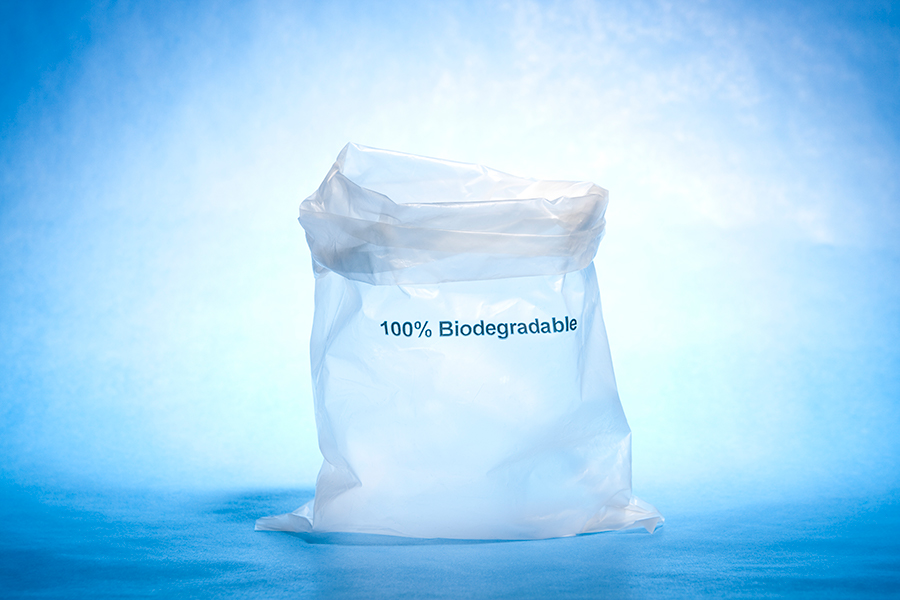
The technology feeds food waste to a set of bacteria, which breaks it down into essential building blocks like sugars, and then feeds those building blocks to another set of bacteria that accumulate a biodegradable polymer, called PHA, as they grow. “The bacteria eat waste and convert it into PHA, an energy storage unit which can be thought of as the fat of bacteria,” says Luna Yu, co-founder and CEO. “Once they mature, we extract the PHA, remove the cell debris and purify it [into plastic].”
PHA plastics have similar properties to conventional plastics, meaning it can be recycled using existing technology and infrastructure. This means it can be disposed in compost bins, from where they can be extracted and upcycled into new plastics or turned into nutrient rich compost. By fitting into existing recycling facilities, Genecis is addressing one of the biggest bottlenecks to sustainability transition in the chemicals industry, as outlined in The Invisible Wave: reluctance by incumbents to build new facilities needed for alternative materials and chemistry processes.
“The bacteria eat waste and convert it into PHA, an energy storage unit which can be thought of as the fat of bacteria,”
– Luna Yu, co-founder and CEO
If PHAs enter the oceans by accident, they fully biodegrade within 12 months and leave no toxic residue. “They’re organic compounds that animals and fish and bacteria can eat as a food source,” explains Yu, who cites significant life-cycle testing. “We are constantly trying to prove this out ourselves by burying PHAs in our own gardens or watching it break down in our aquarium.”
PHA plastics rival commonly used injection-mouldable plastics like rigid containers, Lego pieces or toys in terms of function and form. Genecis is focusing current R&D on improving its ductile properties to rival plastics used in thin films, fibres and textiles. The company is also expanding its focus from B2B customers, such as premium food packagers and biomedical companies, to a direct-to-consumer model. Ms Yu says the B2B sector is important, but not enough companies are prepared to pay a premium for environmentally superior products; regular plastics sell at less than US$1 per kilogram compared with PHA’s US$5 rate. That price will come down with innovation, but innovation takes investment.
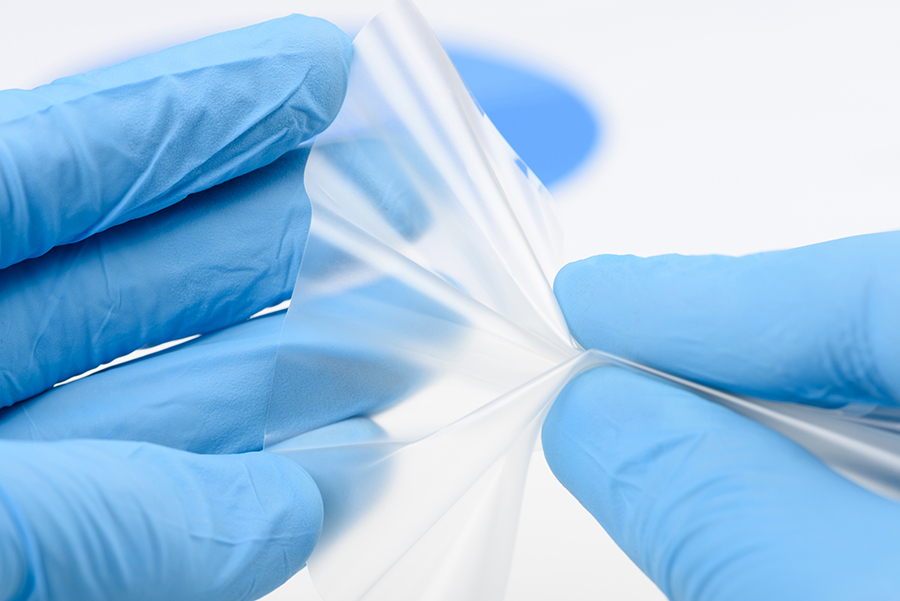
“Demand for PHAs has skyrocketed over the last two or three years,” says Ms Yu, citing influential moments such as the National Geographic photo of a seahorse clinging to a plastic earbud. Genecis is betting that affluent consumers will pay more for biodegradable plastic products, providing an R&D revenue stream that will bring down the cost and further improve PHA. They are exploring initial entry points like premium cell phone cases or water sports gear.
“We want to learn as much as possible from Tesla’s strategy to initially target the premium market. First, make sure people understand the benefits of using compostable plastics, and then gradually with economies of scale and better pricing, we can go after mass consumer products. We can use the revenues that we generate from premium products to finance and go after the mass market,” says Ms Yu.
Back to Blue is an initiative of Economist Impact and The Nippon Foundation
Back to Blue explores evidence-based approaches and solutions to the pressing issues faced by the ocean, to restoring ocean health and promoting sustainability. Sign up to our monthly Back to Blue newsletter to keep updated with the latest news, research and events from Back to Blue and Economist Impact.
The Economist Group is a global organisation and operates a strict privacy policy around the world.
Please see our privacy policy here.
THANK YOU
Thank you for your interest in Back to Blue, please feel free to explore our content.
CONTACT THE BACK TO BLUE TEAM
If you would like to co-design the Back to Blue roadmap or have feedback on content, events, editorial or media-related feedback, please fill out the form below. Thank you.
The Economist Group is a global organisation and operates a strict privacy policy around the world.
Please see our privacy policy here.




 World Ocean Summit & Expo
2025
World Ocean Summit & Expo
2025 UNOC
UNOC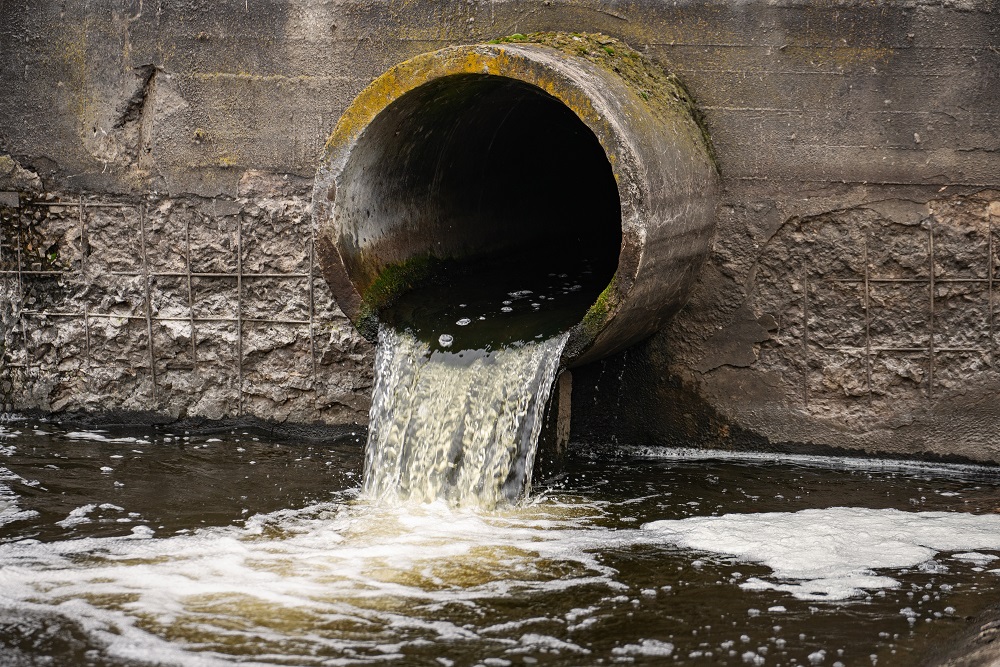 Sewage and wastewater pollution 101
Sewage and wastewater pollution 101 Slowing
the chemical tide: safeguarding human and ocean health amid
chemical pollution
Slowing
the chemical tide: safeguarding human and ocean health amid
chemical pollution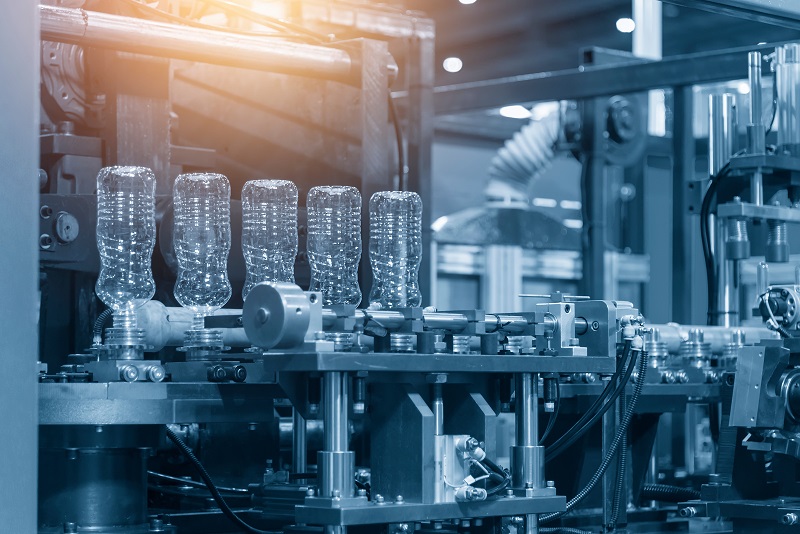 Hazardous chemicals in plastics - the discussions at INC
Hazardous chemicals in plastics - the discussions at INC







